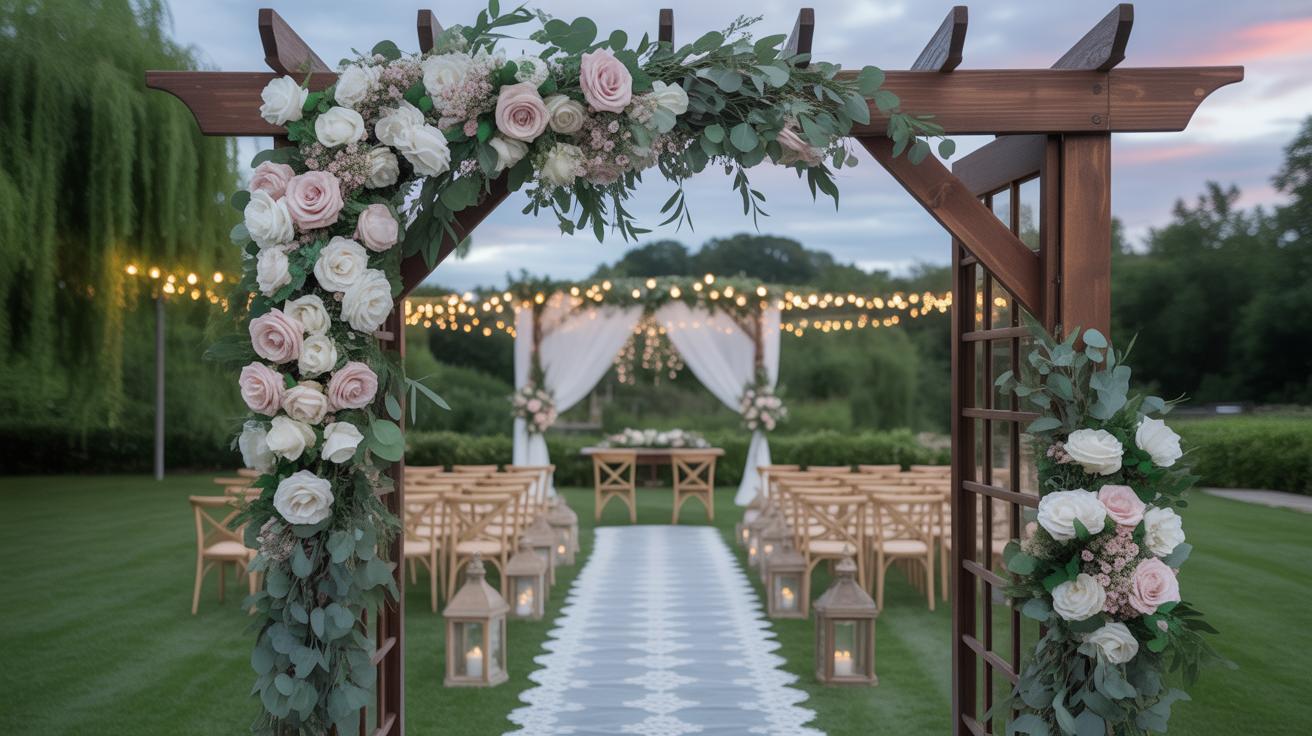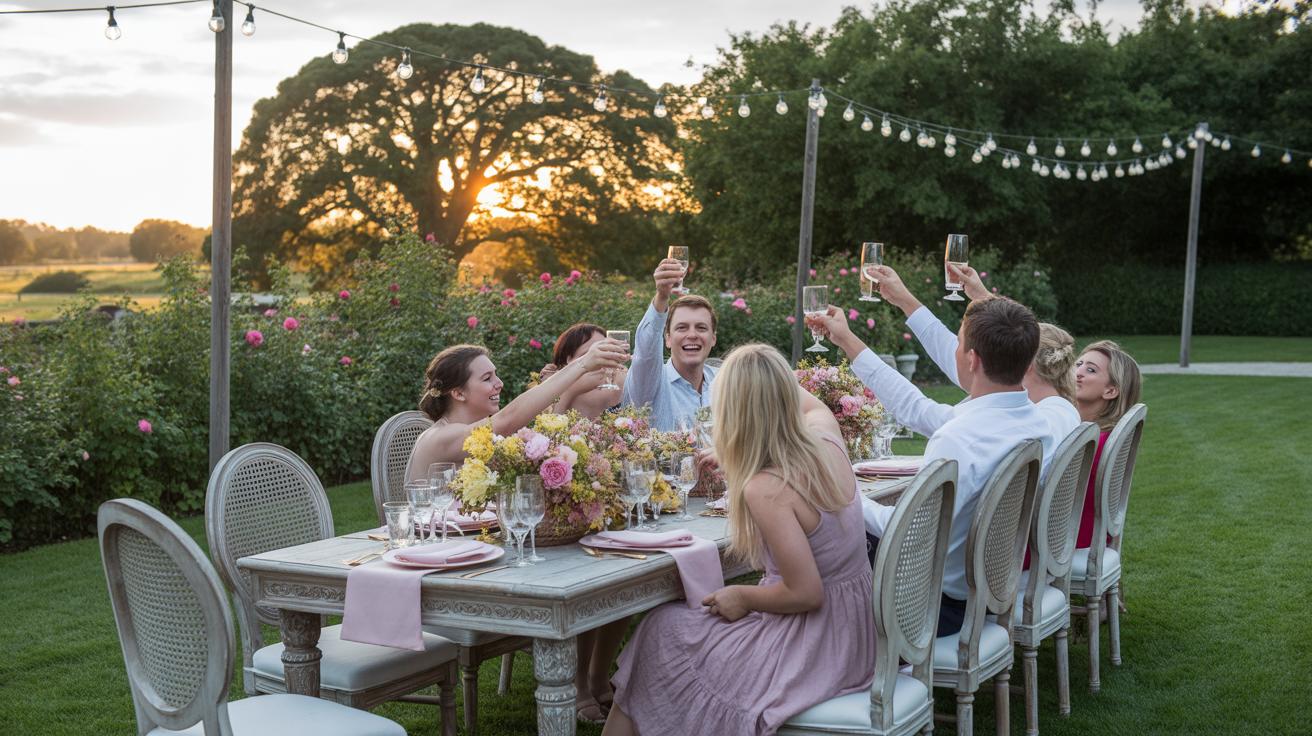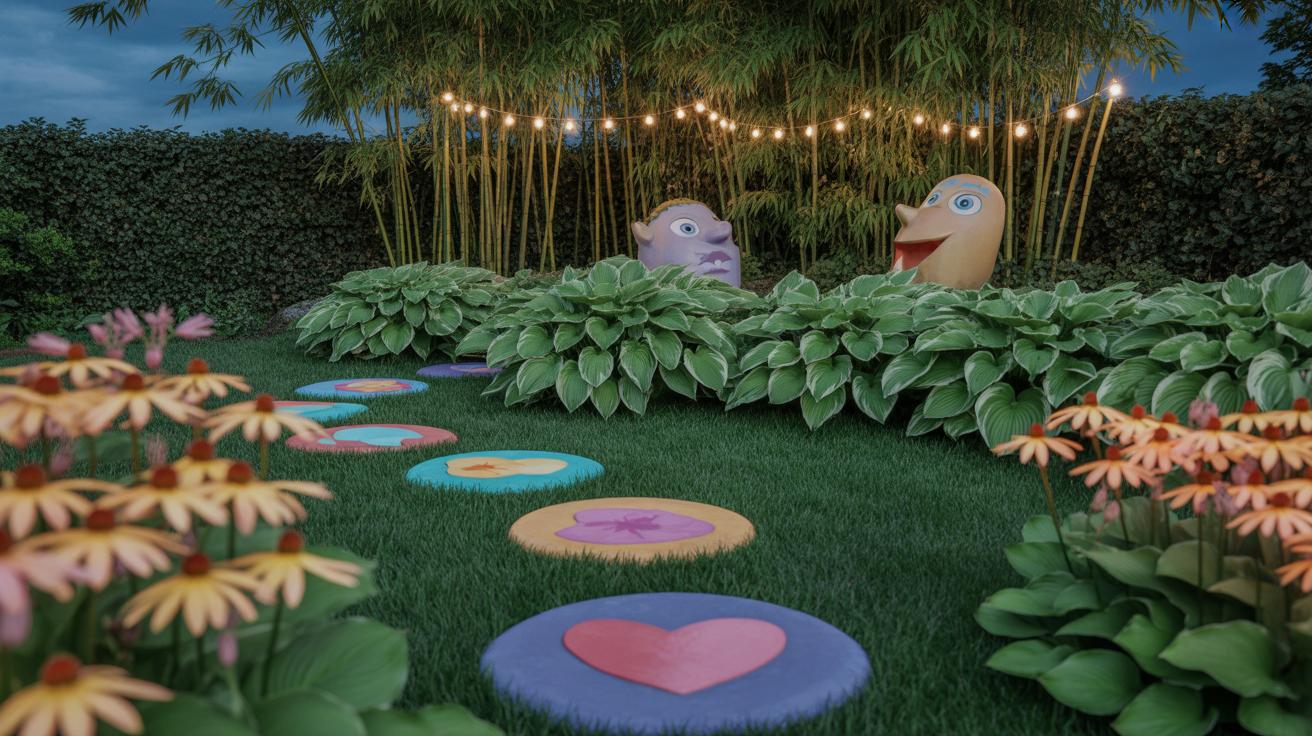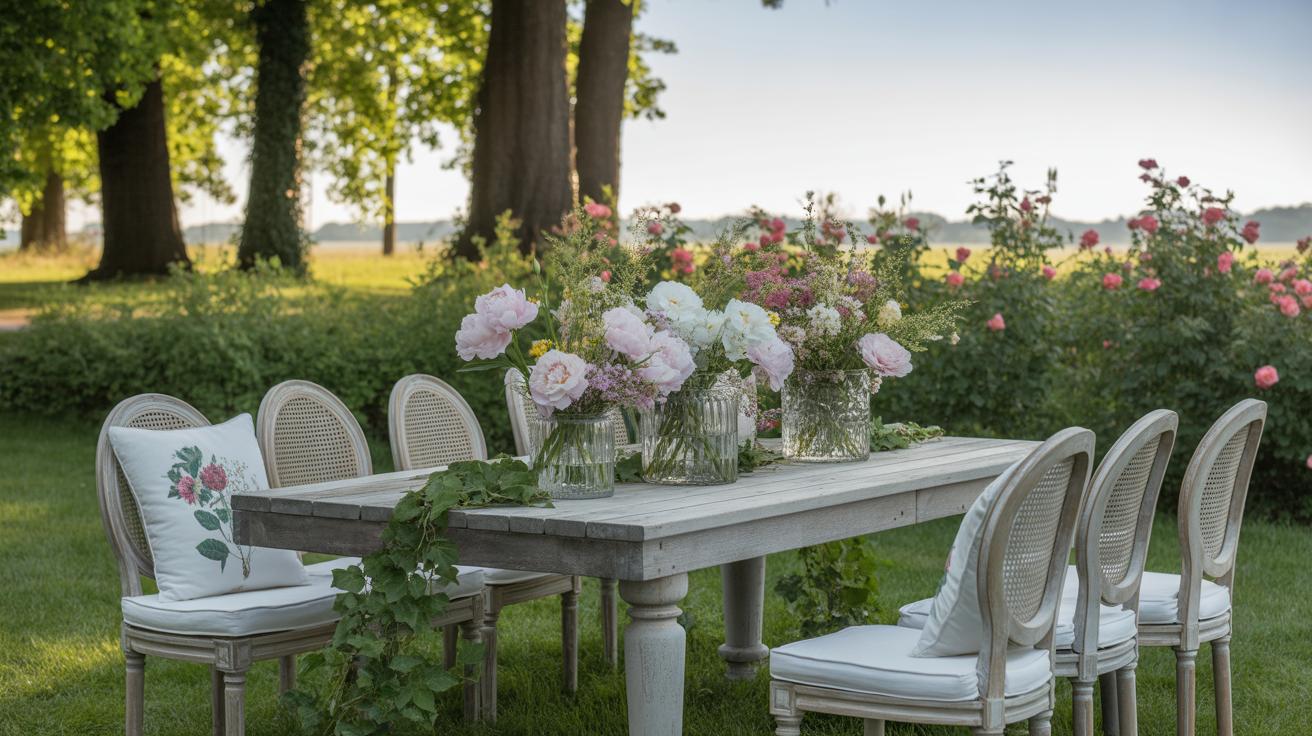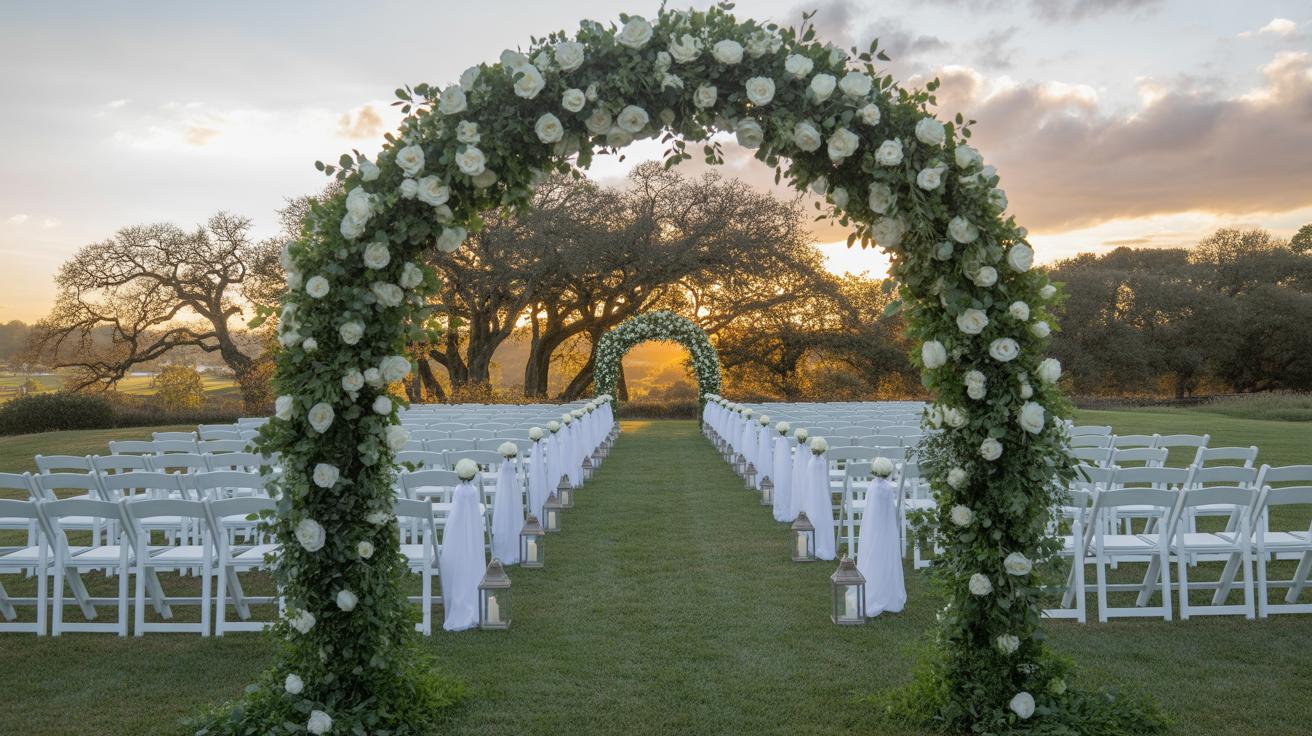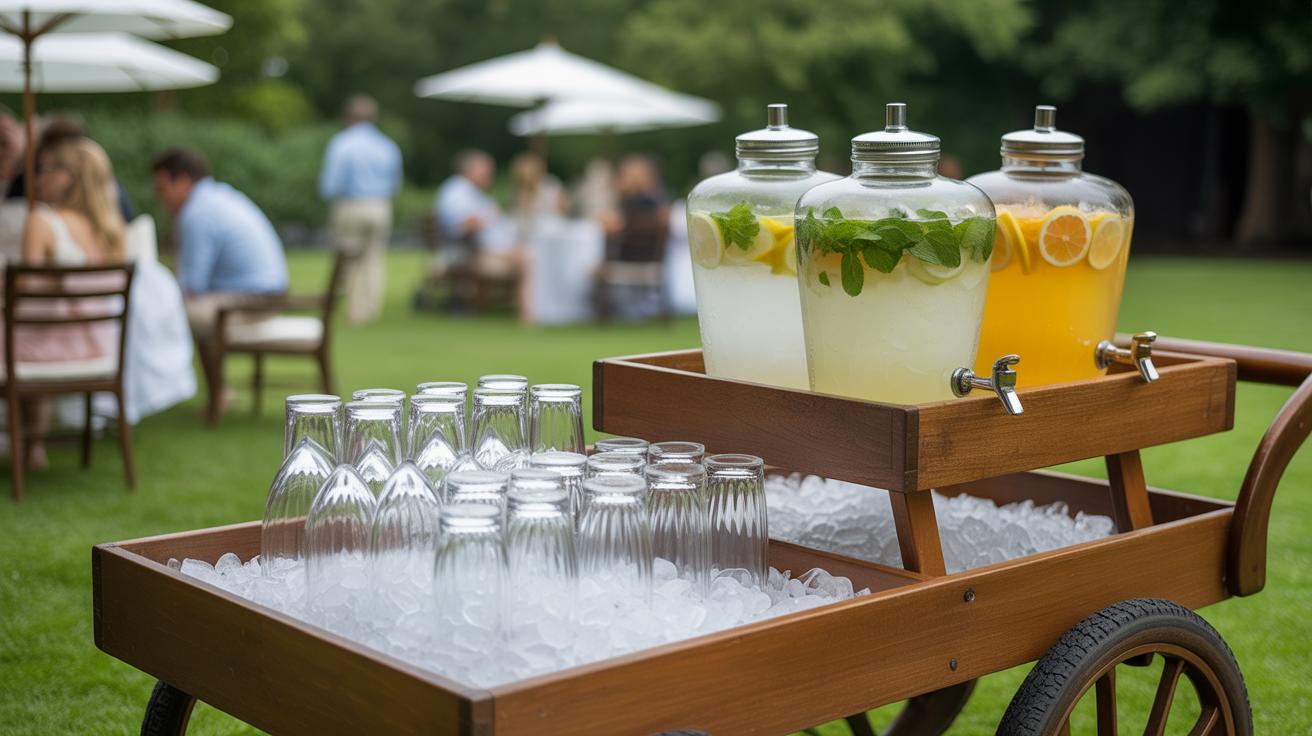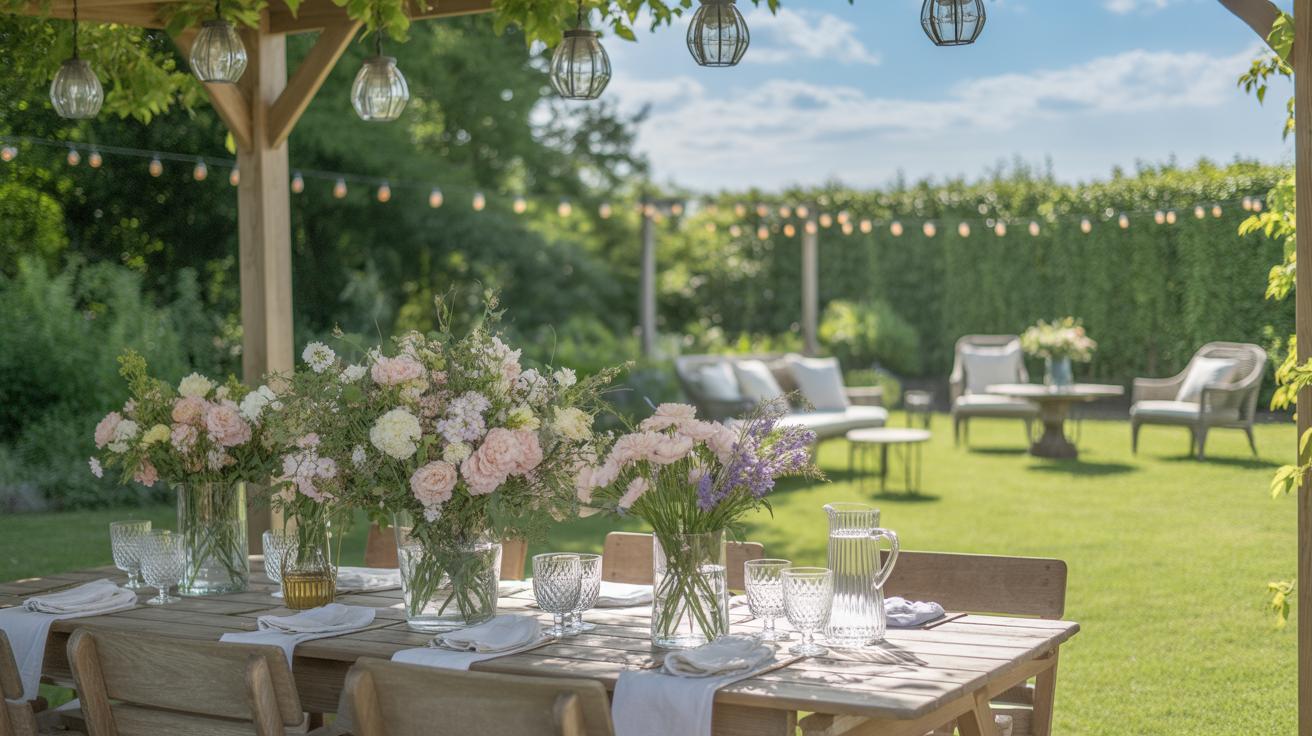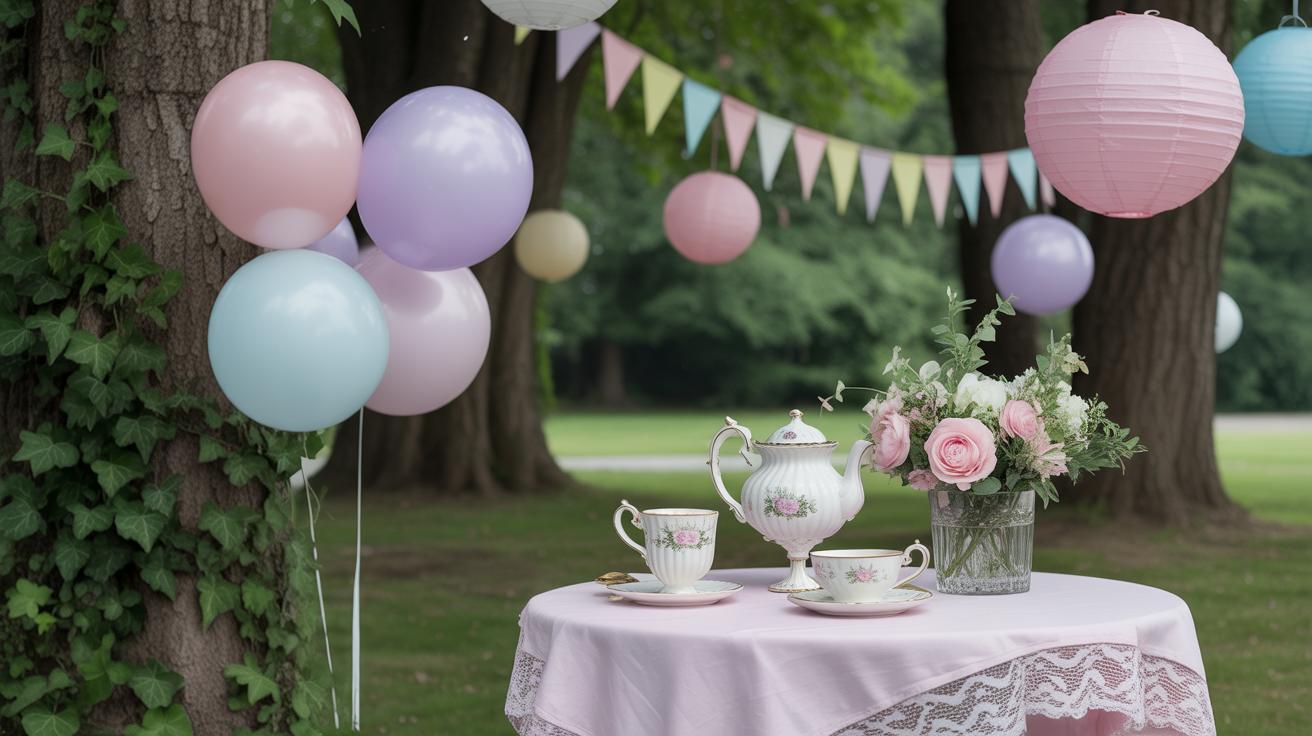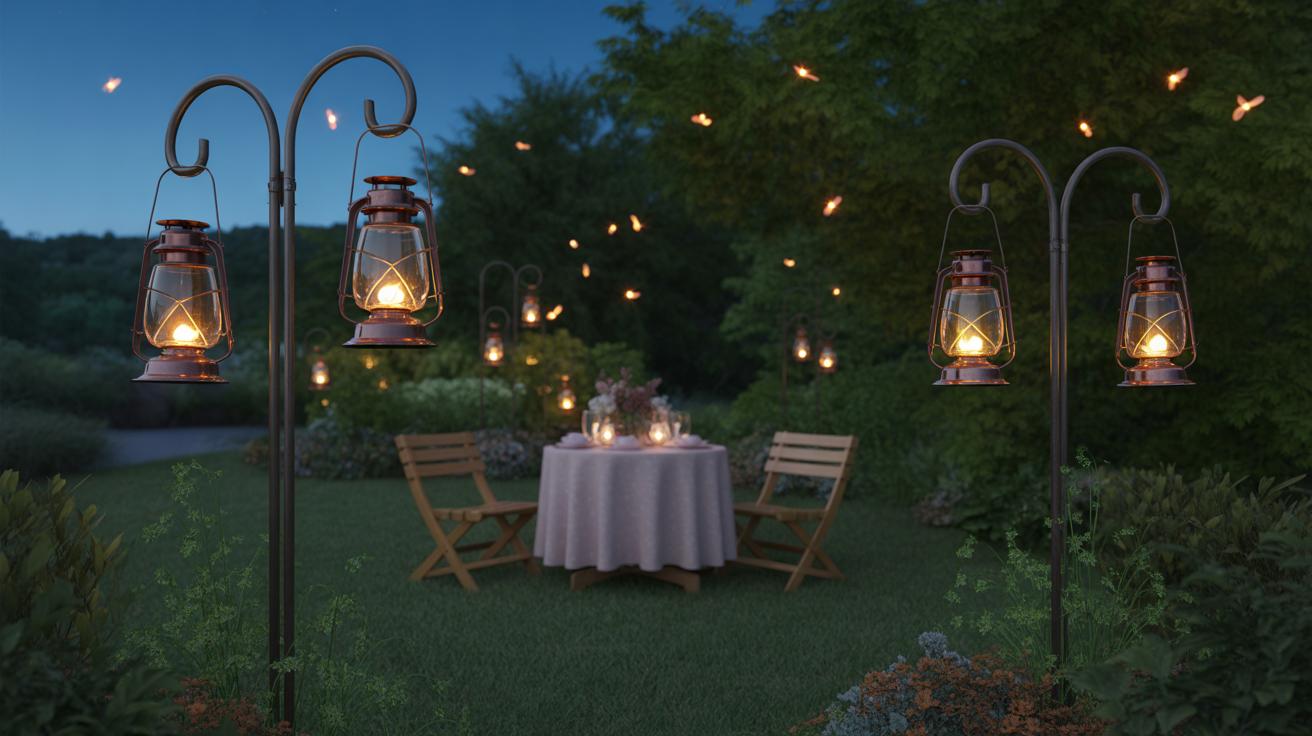Introduction
Planning a wedding is a memorable journey full of exciting decisions. One trend that is captivating many couples is the garden party wedding. This style blends the beauty of nature with the joy of celebration, offering a charming and unique atmosphere. In this article, you will discover the latest trends that bring a fairytale feel to garden weddings.
From choosing the perfect outdoor setting to picking decorations and attire that match the mood, we will guide you through every step. Whether you dream of a small gathering or a bigger event, these ideas will help you create a romantic and unforgettable garden party wedding.
Choosing the Perfect Garden Venue
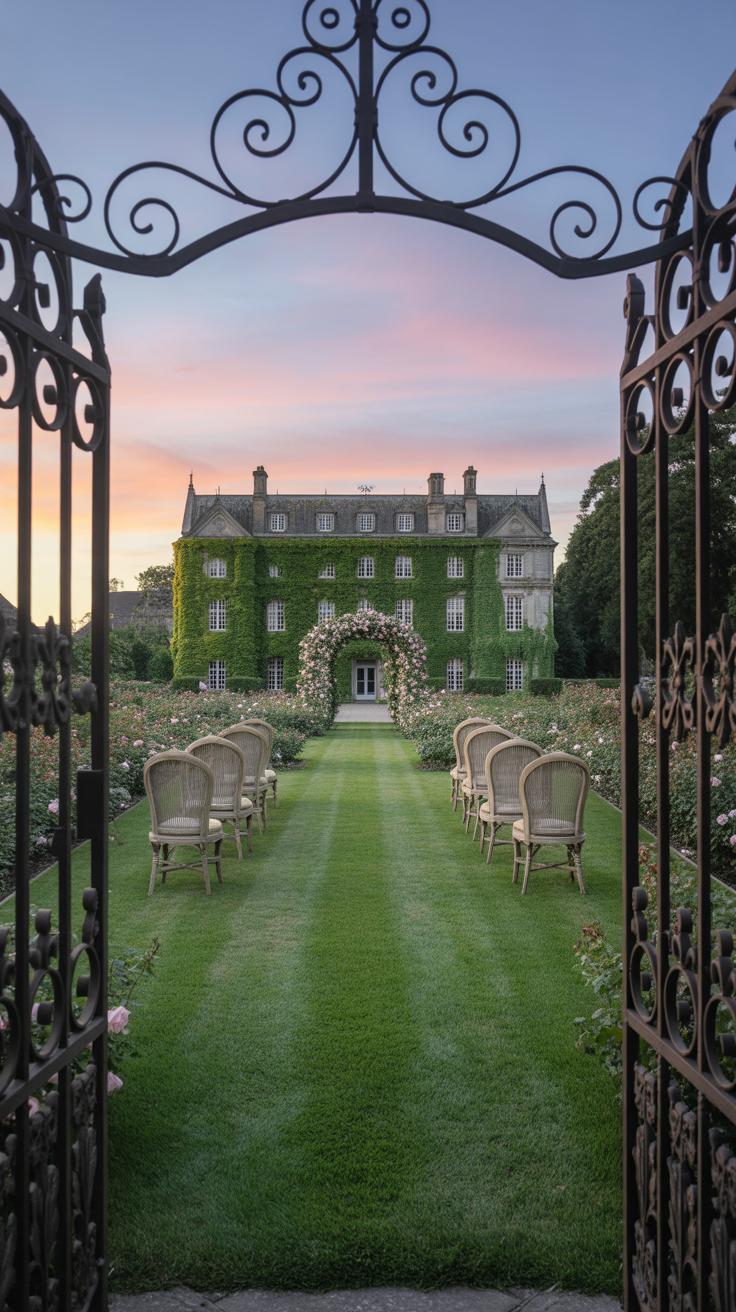
Finding a Location That Fits Your Style
Choosing the right garden venue often feels like piecing together a puzzle. You want a place that somehow echoes your wedding’s mood—rustic charm, elegant simplicity, or a hint of vintage grace. Think about the plants and flowers that fill the space. Are there towering oaks giving shade or perhaps rows of lavender that weave through the paths? The garden layout matters too; curved walkways create a different atmosphere than neat, formal hedges.
Location can shape everything. A secluded garden feels intimate, while one near a bustling downtown might bring its own kind of energy. Imagine walking down an aisle lined with wildflowers for a rustic ceremony versus a manicured lawn for something more polished. Sometimes the surrounding scenery influences the vibe more than you’d expect.
Considering Practical Needs for Your Guests
Practicality slips in once you’re past the dreamy part. Parking often gets overlooked until it becomes a headache. Does the venue have enough spots nearby, or will guests need a shuttle? Restrooms can’t be an afterthought; portable facilities work but might feel less charming, depending on your crowd. Weather always holds a bit of a gamble—look for venues with tents or indoor options just in case.
Access for vendors is another often tricky aspect. Large floral arrangements or heavy catering equipment need clear paths. It’s frustrating, really, if setup becomes a struggle and delays the schedule. You might even want to ask about lighting if your celebration stretches past sunset. Little details like these often define how smooth the day unfolds, even if they don’t get noticed overtly.
Creating a Floral Wonderland
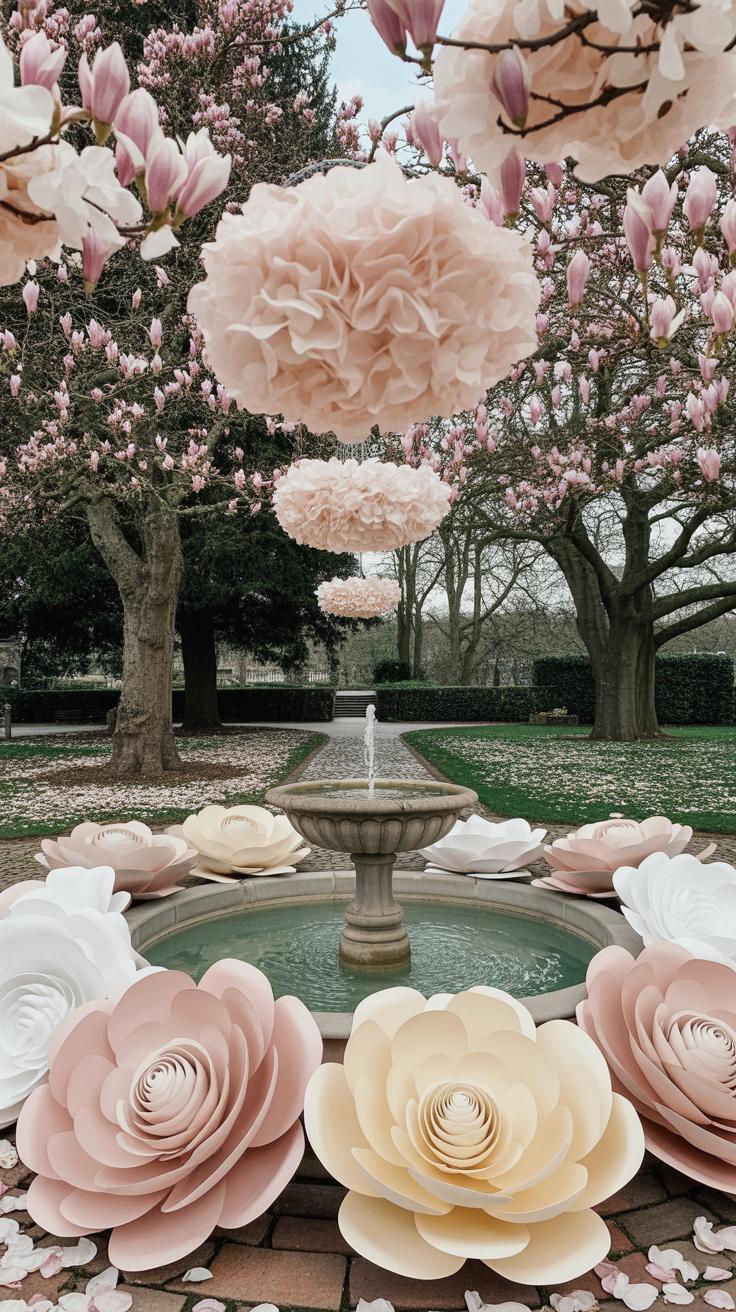
Flowers truly shape the atmosphere of a garden wedding—they bring life, texture, and an unmistakable sense of romance. Picking blooms that match the time of year and your chosen color scheme helps create a feeling that’s both natural and thoughtfully curated. You might want soft pastels for spring or richer jewel tones if your wedding leans toward autumn, but sometimes mixing unexpected colors works too. It’s less about strict coordination and more about mood.
Consider various flower arrangements beyond the typical bouquet: think floral arches framing the altar, loose bouquets with wildflower touches, or centerpieces that gather instead of crowd the tables. Sometimes, a handful of carefully placed blooms has more impact than an overwhelming display. You could try cascading bouquets or textured groupings that feel informal yet intentional—something I’ve seen lift an entire ceremony’s vibe.
As you plan, don’t overlook smaller decorative details. Draped garlands on chairs, flower crowns, or even petals along pathways can weave a consistent theme throughout the venue. These little touches help connect different spaces and make the whole celebration feel like one blooming story.
Seasonal Flowers That Bring Color and Life
Choosing flowers that thrive in the season often means they look freshest and last longer. In spring, peonies, tulips, and lilacs bring softness and subtle scent. Summer invites sunflowers, roses, and lavender for brightness and variety. Fall offers chrysanthemums, dahlias, and marigolds with deep, earthy tones. Winter might be trickier but think of evergreens, hellebores, or even dried accents for texture.
One thing that caught my attention: some flowers bloom beautifully but fade fast once cut. It’s okay to mix these with sturdier blooms. For example, pairing delicate ranunculus with hardy eucalyptus means your arrangements hold up better through the day. Also, ask your florist about local flowers—they often withstand the venue’s climate better and reduce costs.
Using Flowers to Highlight Special Areas
Strategically placing flowers can really guide your guests’ eyes and mark important spots during the day. At the altar, a voluminous arrangement or a soft floral arch can frame your vows in a way that doesn’t compete with nature but adds a gentle focal point. Along the aisle, scattering petals or hanging small posies on the chairs invites a sense of procession, making the walk feel special.
Tables offer a chance to get creative, too. Simple low arrangements keep conversations easy and can reuse flowers from other areas to keep the theme feeling cohesive. And if your venue has paths or garden gates, draping vines or tying clusters of flowers at these spots draws attention without overwhelming.
Each area decorated with flowers becomes a thread in the story you’re telling, creating a welcoming, cohesive floral experience that gently guides your guests through the day.
Invitations and Stationery Matching the Garden Theme
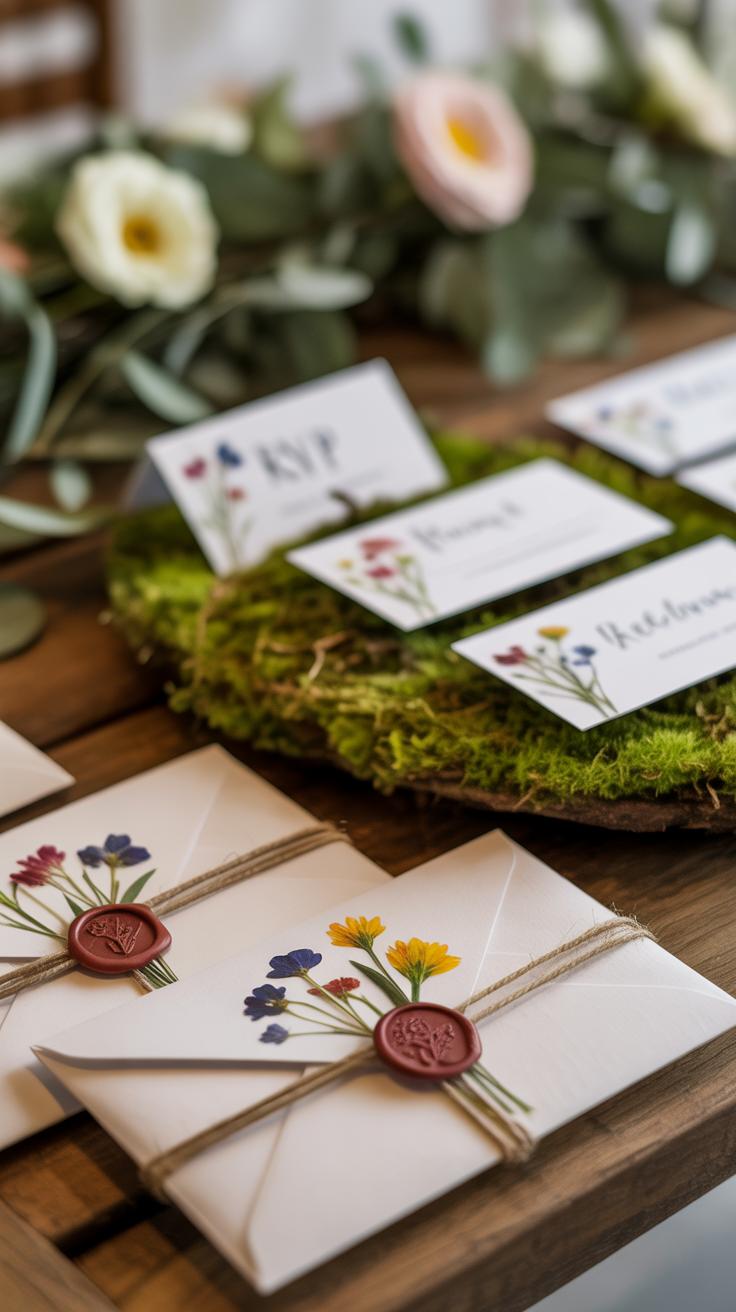
When designing wedding invitations for a garden party, the goal is to capture the feel of the outdoors without being too literal—or maybe a little literal if that suits your style. Think about colors that echo the garden itself: soft sage greens, dusty blues, gentle blush pinks, or even sunlit yellows can set the tone right from the start. Pair those with fonts that feel organic but readable; script fonts that mimic handwriting or simple serif fonts with a touch of whimsy often work well.
Paper choice matters more than people realize. Textured papers like cotton or recycled materials add that delicate, natural touch. Some couples have added real pressed flowers or leaf prints directly onto their invitation, which makes the stationery feel personal and tied to the wedding’s environment. Though, be mindful—delicate elements like pressed petals might need careful mailing.
Choosing motifs inspired by nature helps reinforce the garden atmosphere. Ferns, ivy, or simple florals drawn with watercolors, for example, can provide a subtle yet effective connection to the setting. Botanical prints don’t always mean bold—sometimes just a hint of greenery peeking around the corners does the trick.
Personalizing your invitations lets your personality—and the garden’s charm—shine through. Maybe a special poem about nature or a favorite quote about growth and love? Or, if you’re up for it, hand-drawn illustrations of your chosen garden or a flower that means something to you. These little touches keep the invitations from feeling generic. It might seem like overhead work, but that extra detail often sparks excitement in your guests.
Expect to balance between elegant and casual. You want your invitations to feel inviting without losing that garden magic. Don’t hesitate to experiment a bit—sometimes an unconventional color pop or an unexpected icon can become a memorable part of your stationery.
Selecting Attire for a Garden Wedding
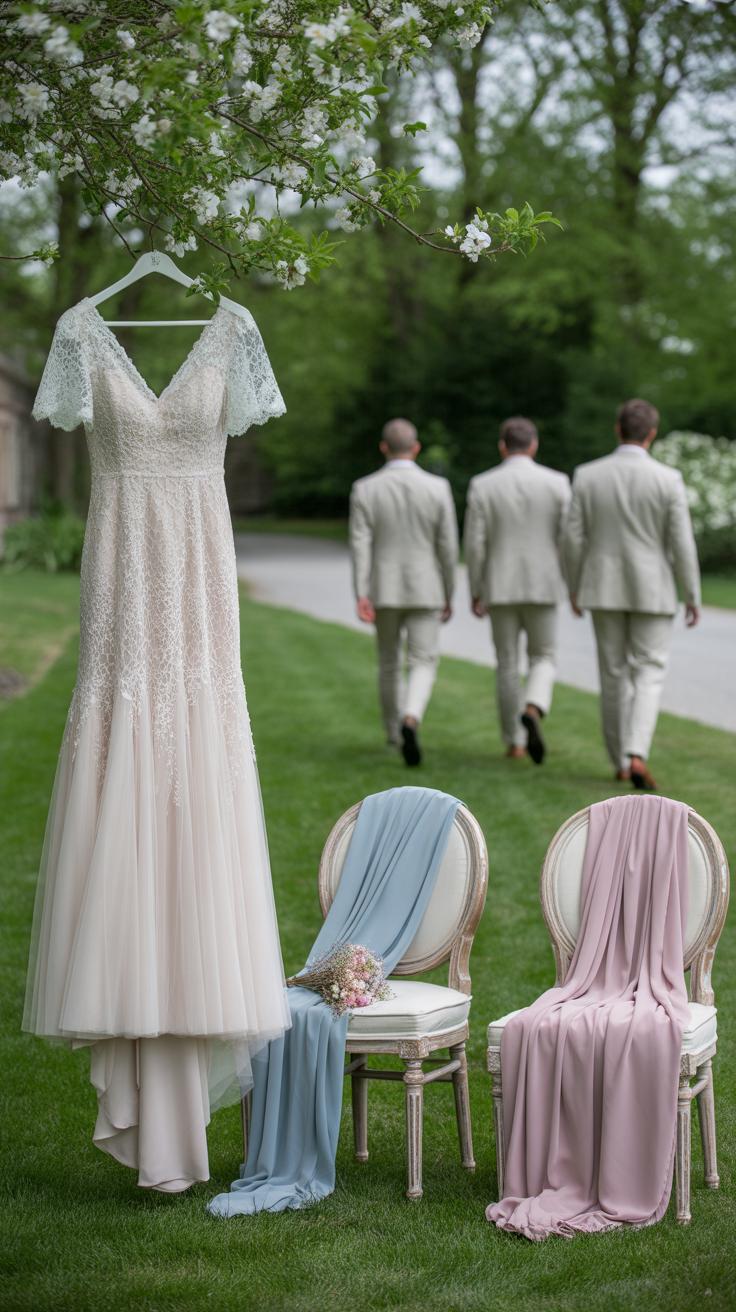
Light and Comfortable Dress Choices
Choosing what to wear for a garden wedding is trickier than it seems. You want something elegant, but the outdoors demands practicality too. For brides, fabrics like chiffon, organza, or lightweight lace offer breathability without sacrificing style. Puffy or heavy satin gowns might look stunning but could feel stifling under the sun. Flowing silhouettes that allow for easy movement work nicely—think A-line or sheath styles rather than rigid ball gowns. You’ll probably be walking on grass or uneven ground, so something too long or cumbersome might slow you down or risk tripping.
Grooms should consider suits in lighter materials like linen, cotton blends, or tropical wool. These fabrics breathe better and won’t trap heat. Classic dark suits might feel out of place or overly warm, so lighter shades or mixes that reflect the garden’s soft, natural tones seem more fitting. Slim fits are popular but remember, some stretch or room to move never hurt anyone, especially when the temperature rises.
Accessories and Footwear for Outdoor Comfort
When it comes to accessories, less is more outdoors. Minimal jewelry, avoiding anything too heavy or intricate, often seems smarter. Hats can be a stylish shield against the sun, whether it’s a chic wide-brimmed piece for the bride or a classy fedora for the groom. Sunglasses might not scream “wedding,” but they can be practical during the ceremony or candid shots.
Footwear is a game changer. Heels sinking into the grass is a pretty common worry. Flats, wedges, or block heels offer better stability and comfort. Some opt for elegant sandals or even dressy loafers for grooms. It’s worth breaking in your shoes well before the big day—nothing kills the mood faster than sore feet halfway through.
Ever wonder if dress codes for garden weddings are too rigid? Maybe choosing outfits that blend comfort and style is about finding that fine, often personal balance. After all, garden weddings demand adapting to nature, and that means being prepared to move—and enjoy—the moment fully.
Decorating with Lights and Natural Elements
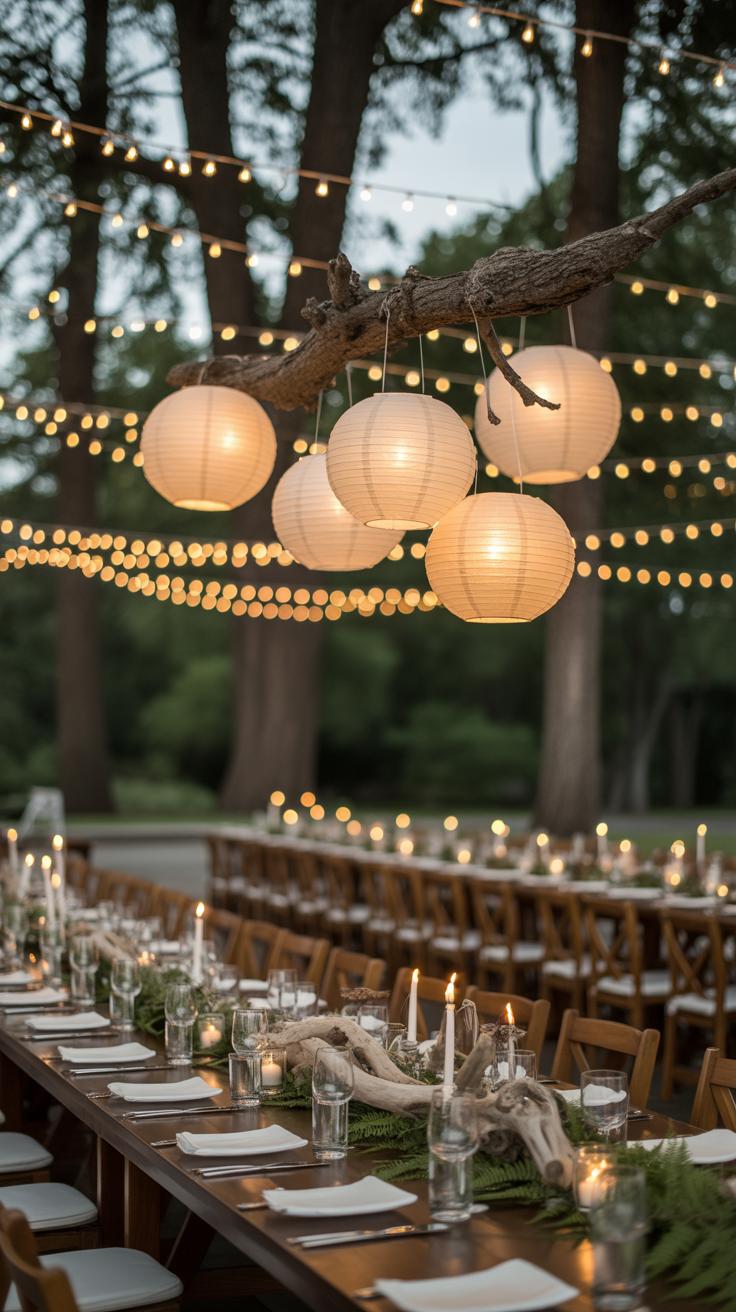
When planning your garden wedding, lighting isn’t just about visibility; it sets the mood as daylight slowly fades. Soft, warm glows make the space feel inviting, almost like stepping into a secret, cozy nook.
String lights are a classic choice. They drape effortlessly over branches or fences and create a canopy of tiny lights that can feel both whimsical and intimate. You might also think about lanterns—those can either hang or sit on tables, offering a more contained glow. Candles, of course, add another layer of warmth, though you’ll need to consider wind or safety if the event is outdoors. I remember one wedding where the flicker of so many candles brought a sort of gentle pulse to the whole evening, like the garden itself was breathing.
Natural materials make a difference too. Wood roughens the edges just enough, keeping everything grounded without feeling too formal. Burlap ribbons around mason jars or scattered wood slices as chargers heighten that nature-inspired vibe. Stone can come in as pathways or decorative accents, adding subtle texture you might not notice consciously but that your eyes appreciate. Combining these elements gives you a décor that’s tactile, real, and quietly elegant.
Try mixing light sources and materials. Maybe string lights above draped wooden beams, with stone lantern bases or candleholders wrapped in burlap. It invites guests not just to look but to feel, to settle into the surroundings.
Do you want a sense of whimsical magic, or are you leaning towards subtle elegance? Sometimes the smallest lighting detail or the right texture decides the whole atmosphere.
Planning a GardenFriendly Menu
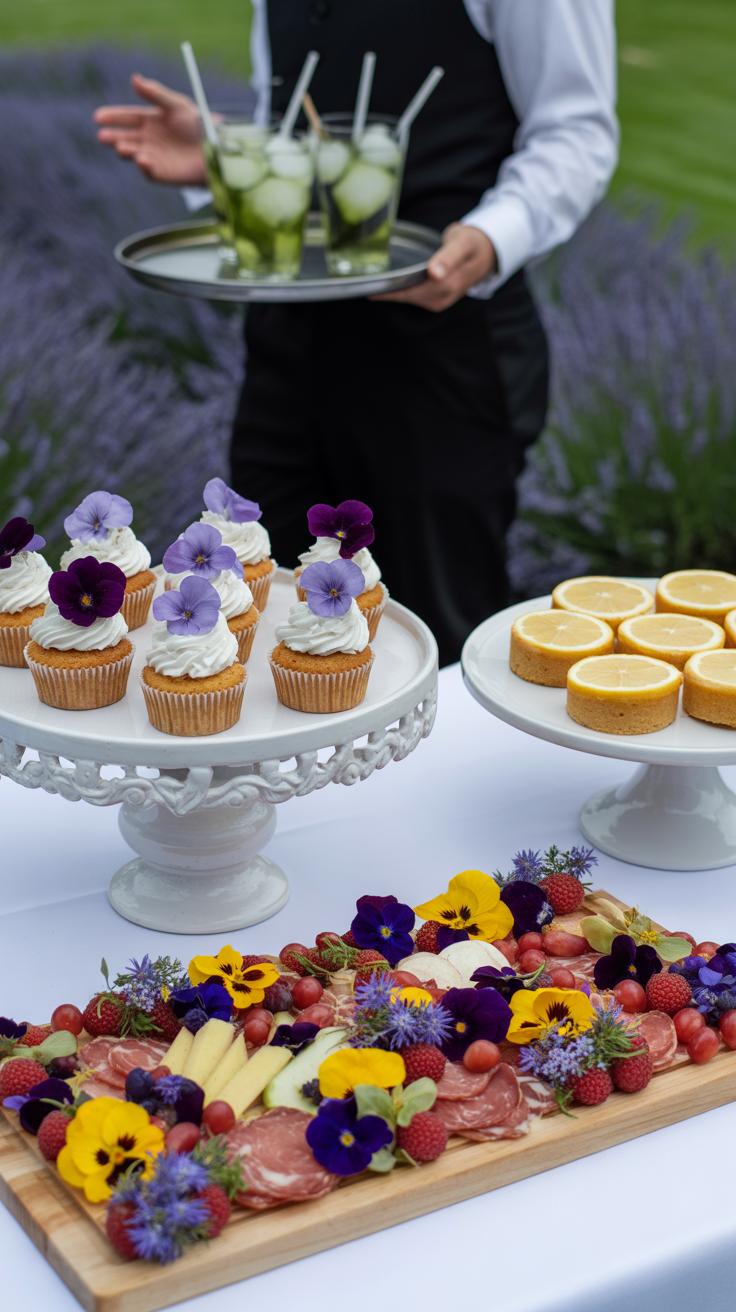
When you’re planning a garden wedding, the food has to fit the setting as much as the decor does. Freshness matters a lot here—think about what’s in season and easy to serve outside. For example, early summer calls for salads with ripe berries or grilled vegetables. Autumn brings root vegetables and squashes, which can be roasted and served warm in individual portions.
Choosing dishes that show off seasonal ingredients not only tastes better, but it also feels more connected to the environment around you. If you want to include something a bit different, maybe a chilled gazpacho or a fruit tart would work well, especially since they’re refreshing and easy to eat outdoors.
Seasonal and Fresh Ingredients
Try focusing on:
- Light salads with fresh herbs and edible flowers
- Mini tartlets with seasonal vegetables or fruits
- Grilled chicken or fish served with fresh garden salsa
- Fruit skewers or berry parfaits that highlight the harvest
Also, think about simple dressings and sauces served separately to avoid soggy dishes when sitting outside for a while.
Portable and Guest-Friendly Food Choices
The last thing anyone wants is guests juggling plates and napkins while trying to enjoy the greenery. Finger foods or small, wrapped servings help a lot. Options like stuffed mushrooms, bite-sized quiches, or sliders can suit various diets and tastes without needing a fork and knife at all times.
For dietary restrictions, offering clearly marked vegetarian, gluten-free, or nut-free items keeps things hassle-free. A good idea could be a mix-and-match grazing table—guests pick and choose what suits them and eat while mingling.
So, when planning, ask yourself: what foods won’t wilt in the sun or make a mess on laps? What can be eaten standing up, and what will still taste great even if it sits out for a while? Balancing freshness with practicality is key to keeping everyone happy and full.
Entertainment Ideas for Garden Celebrations
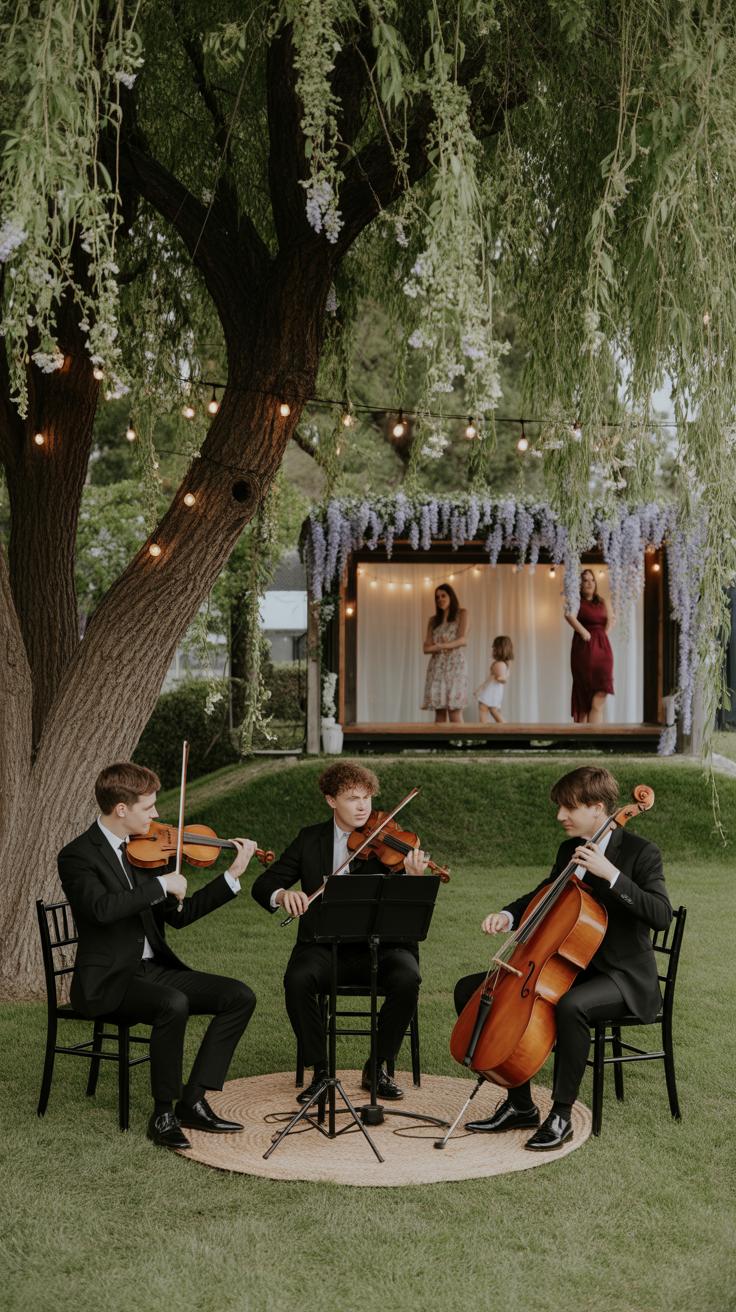
When it comes to entertainment at a garden wedding, the outdoors offers a lot to work with, but that also means you want choices that feel right for the setting. Live music often fits perfectly—think acoustic duos, string quartets, or even a soft jazz band. They add just enough ambiance without drowning out the birds or the gentle breeze. I once attended a garden party where a harpist played between ceremony and dinner, and guests kept commenting on how the music made the whole setting feel even more enchanting.
Beyond music, lawn games can be a real hit, especially if your crowd leans casual or mixed ages. Classic games like croquet, bocce ball, or giant Jenga give people a chance to stretch their legs and chat without feeling like they’re just waiting around. Some couples have even included interactive touches—like a flower crown station where guests create their own keepsakes. It sounds small, but these little activities keep energy flowing and invite your guests into your celebration without ceremony overload.
Choosing Music That Matches the Mood
Picking music for a garden wedding is a bit tricky—you want something that complements, not competes with, nature. It depends on your vibe. Maybe you go for a folk band if you want something earthy and relaxed, or light classical pieces if your wedding leans more elegant. Sometimes, just a well-curated playlist works fine, especially with a good sound system that doesn’t feel intrusive. I have noticed, though, that live music tends to draw people outside where the garden feels more alive, but if budget’s tight, a playlist with well-timed breaks can keep the mood just right.
Fun Activities to Keep Guests Entertained
Guests usually appreciate a chance to mingle beyond the typical sit-and-talk moments. You might consider scavenger hunts inspired by the garden’s features or small wildlife spotting games for nature lovers. Cornhole and ring toss are simple but keep people laughing without too much effort. If you want to be a bit more unique, setting up a DIY photo booth with garden-themed props allows guests to make memories and supplies you with fun pictures afterward.
Timing matters too—activities work best either right after the ceremony or just before dinner when people might otherwise drift or check their phones. It’s about balance, really: fun enough to engage, but not so much that it interrupts the flow of the day.
Weather Preparedness and Guest Comfort
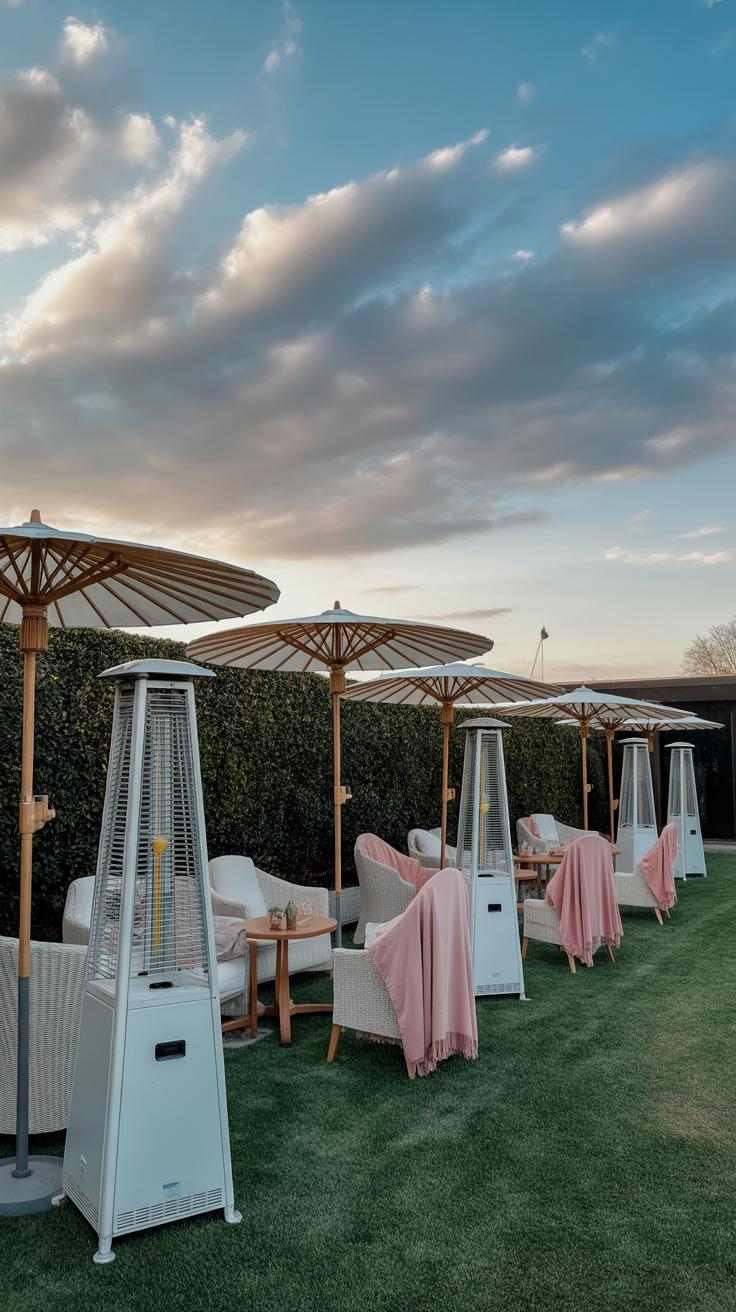
When planning an outdoor garden wedding, the weather will always be a bit unpredictable. You want your guests to enjoy the day without worrying about heat or sudden showers. Setting up the right kind of shelter can make all the difference. Think about elegant tents or canopies that blend with the garden’s aesthetic rather than bulky, obvious structures. Sometimes, using smaller umbrellas placed at each seating area can offer personal shade without covering the entire space.
Fans are a simple, sometimes overlooked comfort. Battery-operated or discreetly placed fans can keep the air moving, which is a subtle but effective way to cool things down. In warmer months, I found that offering handheld fans to guests wasn’t just practical—it also added a touch of charm and felt like a considerate gesture.
Beyond shelter and air circulation, insects tend to be a real challenge in gardens. Using natural repellents like citronella candles or gentle sprays can ward off bugs without causing a strong chemical scent that ruins the ambiance. It’s a balance, really. You want your guests comfortable but not feeling like they’re in a bug zone battle.
Hydration often gets overlooked. Providing water stations or even personalized bottles scattered thoughtfully throughout invites guests to stay refreshed. Cooling misters can help too, especially if the day turns unseasonably warm. I wonder if sometimes, couples focus so much on decor that these simple comforts slip through the cracks—yet they’re what guests remember most.
Capturing the Magic Through Photography
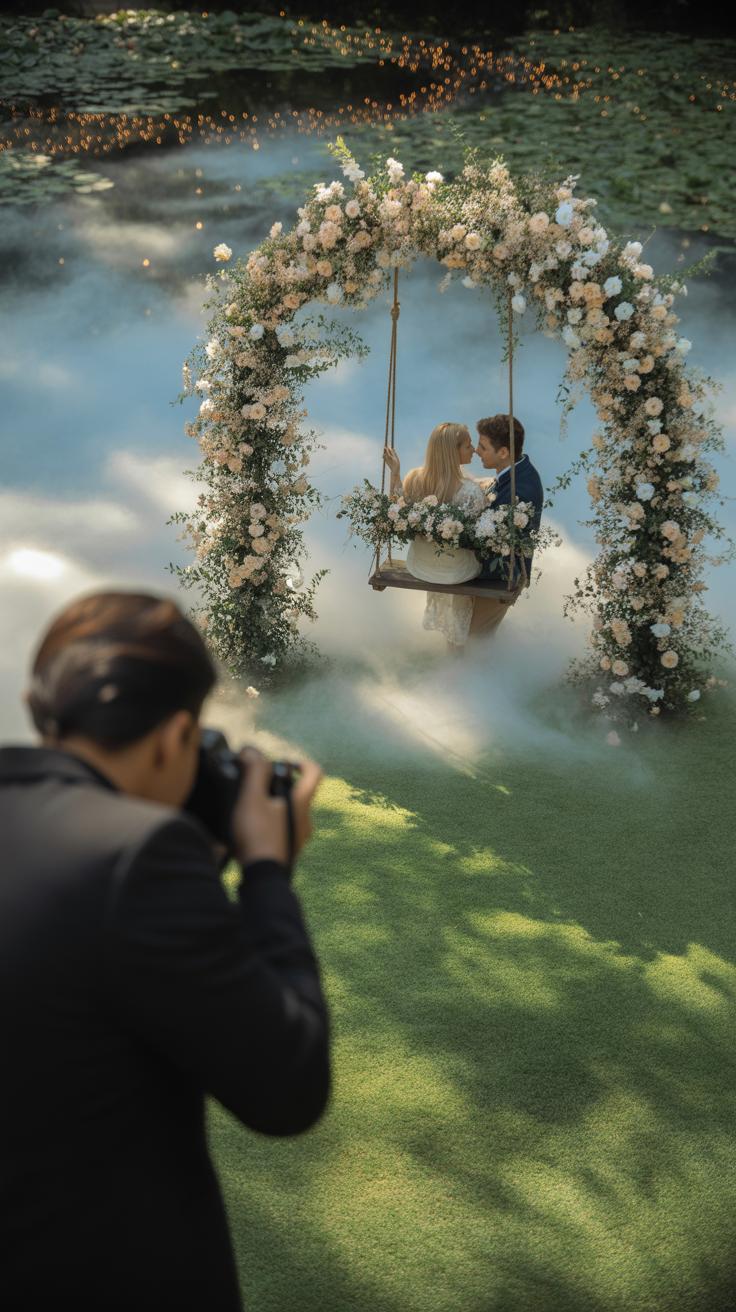
Using Natural Light to Your Advantage
Natural light can make or break your garden wedding photos, but figuring out its best use takes some thought—and some trial and error. Photographers often prefer the “golden hour,” that brief time just after sunrise or before sunset when the light softens and casts a warm, flattering glow. It’s easier on your eyes too, which probably helps you feel more relaxed in front of the camera. Midday light, while bright, can be harsh and create shadows that don’t always flatter.
That said, sometimes the brighter light works if you want crisp, lively images. And cloudy days? They can be a gift for soft, even lighting. So don’t stress too much if the weather isn’t perfect. Talking with your photographer about your venue’s typical light patterns could prevent some surprises on the day itself. Maybe a quick site visit in different lighting conditions would help nail down the best timing for photos.
Choosing Scenic Spots for Memorable Photos
Garden weddings come with a natural advantage: there’s usually no shortage of lovely backgrounds. Look for spots where flowers frame the scene or old trees create a quiet canopy. Stone benches, winding paths, arches, or even garden gates can add subtle but elegant touches. I remember a bride I know picked a little wooden bridge over a tiny stream—that choice gave her photos a storybook feel without trying too hard.
Don’t forget smaller details too—sometimes a quiet spot with delicate petals on the ground or rustic wooden crates creates more unique photos than the grand lawn. Walk the venue with your photographer beforehand. Which corners catch the most interesting light? Where can you move easily when guests are around? The best photos come from a mix of planned poses in beautiful spots and those candid, just-happened moments.
Conclusions
Creating a garden party wedding combines natural beauty with thoughtful details to celebrate your love. Picking the right venue, decorations, and dress style can shape a magical day that feels both personal and special. Each element, from floral choices to lighting, contributes to an inviting ambiance that guests will remember.
Embracing garden wedding trends helps you plan a thoughtful and enchanting event. Keep your focus on the joy and connection of your celebration. With a clear vision and these practical ideas, you can craft a beautiful garden party wedding that reflects your story and love.


